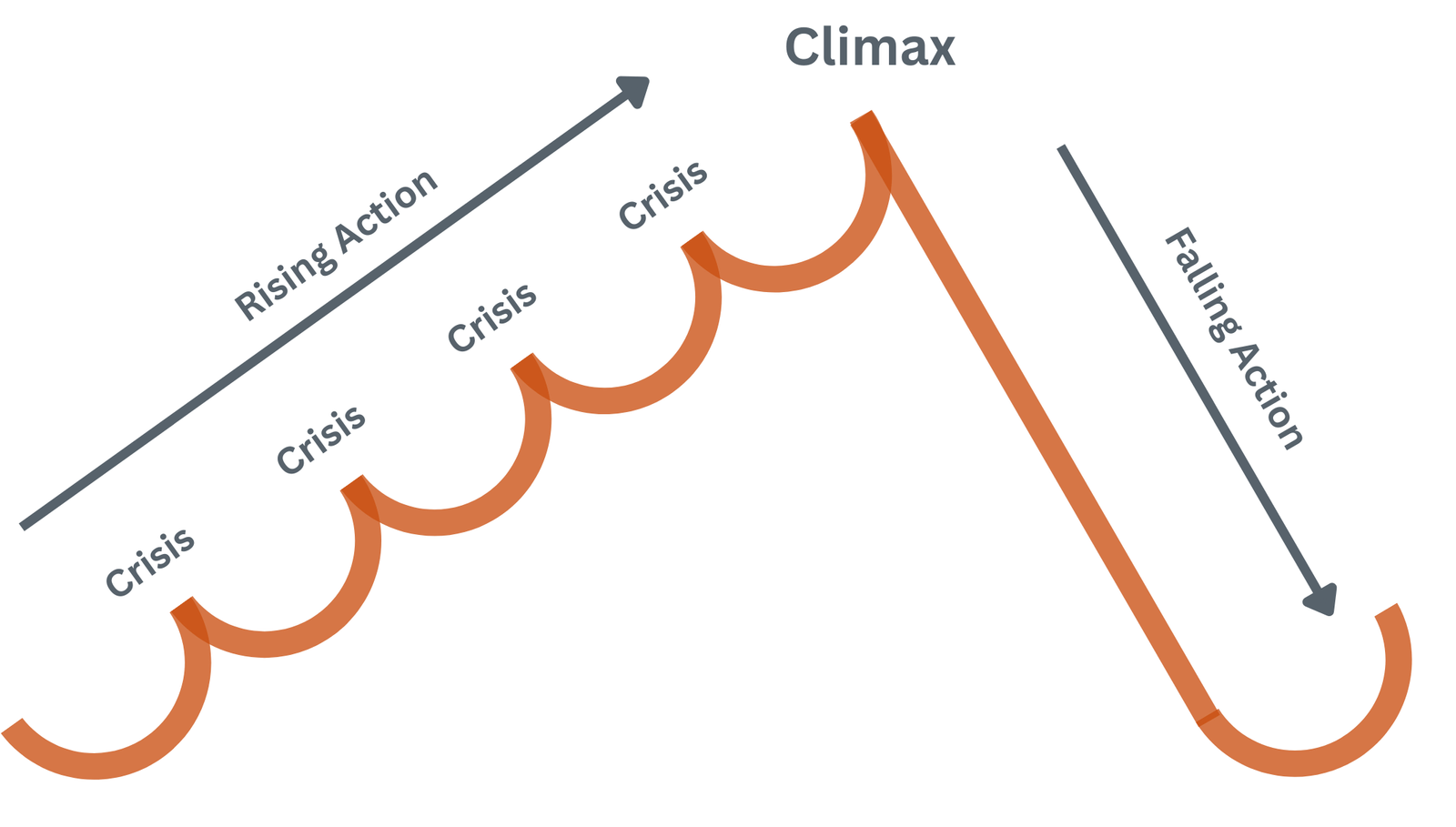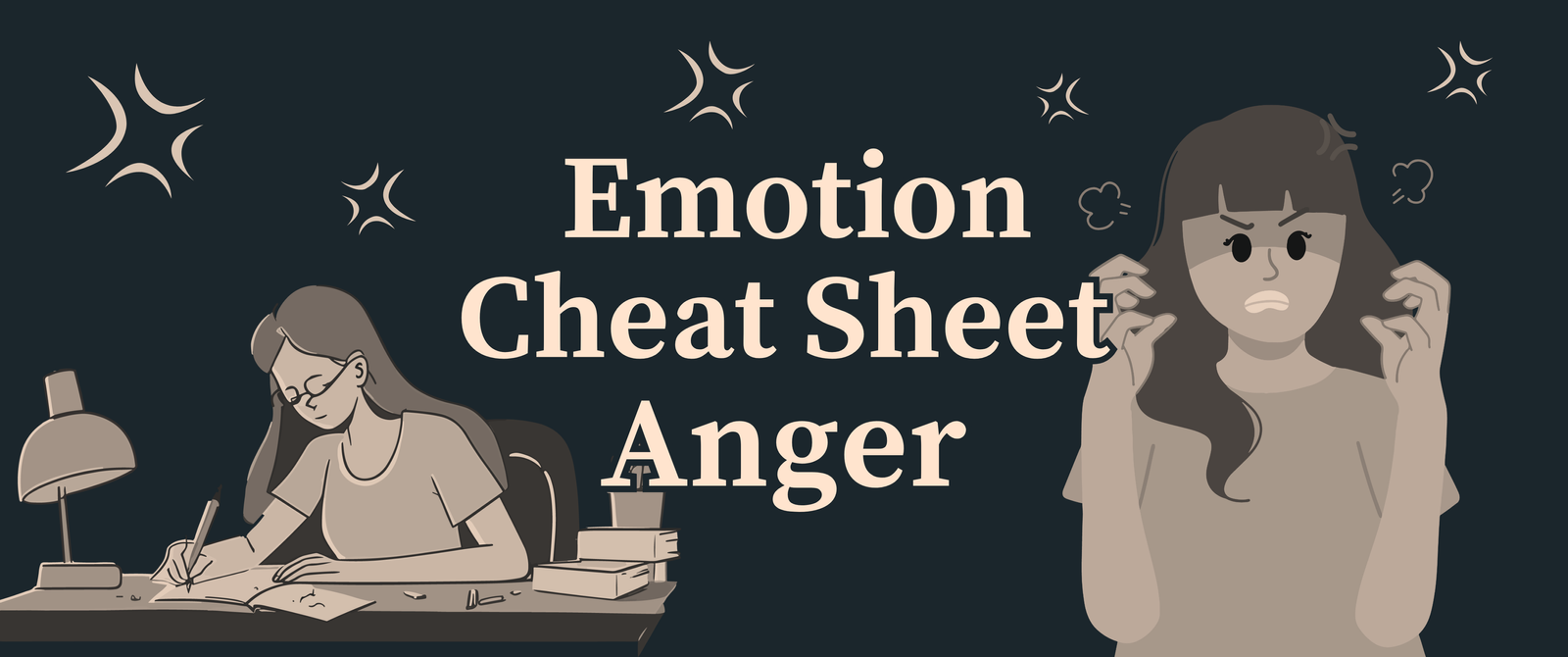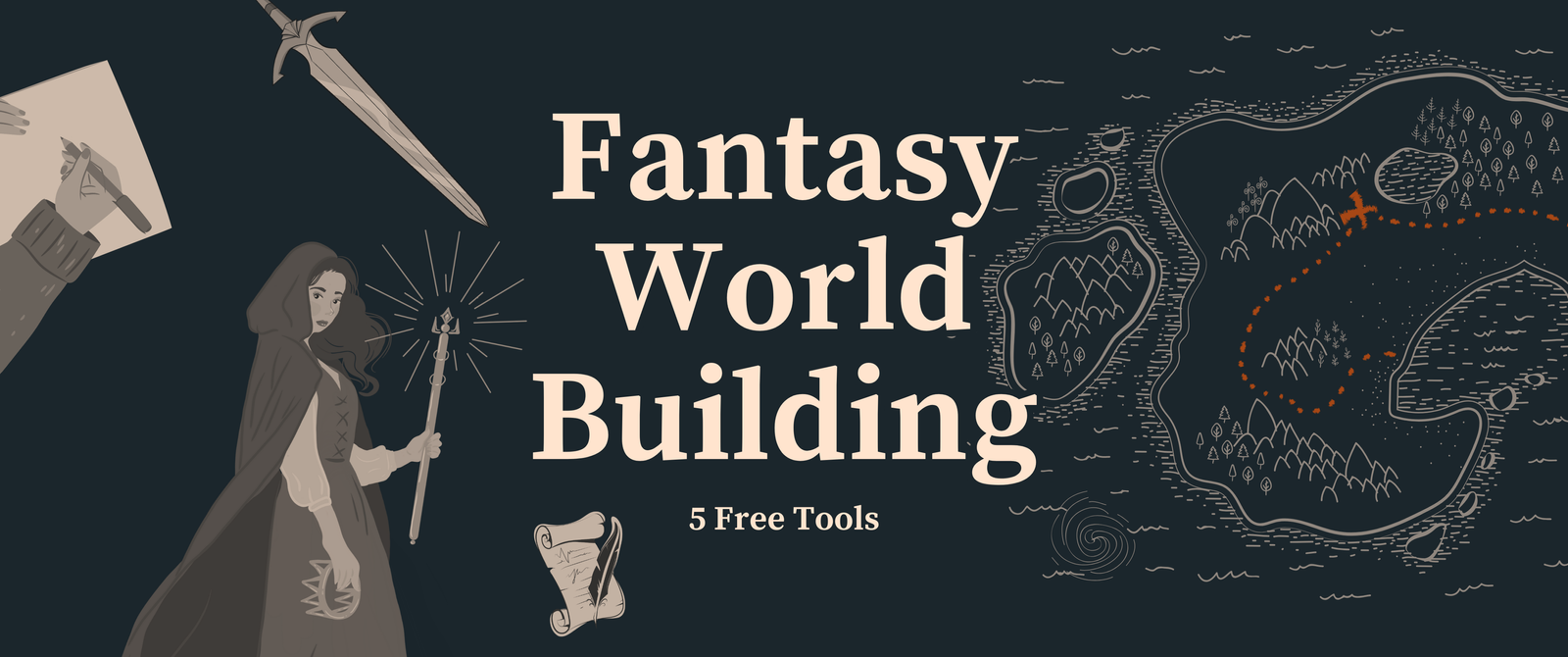How to Use the Fichtean Curve to Build Tension in Your Story
Plotting is a personal choice. Some writers meticulously plan every detail of their stories, while others discover the story as they go, letting the plot unfold naturally. Whether you’re a plotter, a pantser, or somewhere in between, having a grasp of plot structures can enhance your storytelling and help you maintain control over pacing, tension, and resolution.
If you’ve been exploring various plot structures and you’re looking for one that prioritizes fast-paced tension, then the Fichtean Curve could be your new favorite tool. In this post, we’ll dive into how the Fichtean Curve works, why it’s an excellent structure for certain genres, and how you can apply it to your own writing to craft compelling narratives.
What is the Fichtean Curve?
The Fichtean Curve is a plot structure named after the German playwright and philosopher Johann Gottlieb Fichte. While it may not be as well-known as the Hero’s Journey or the Three-Act Structure, it is particularly useful in stories that rely heavily on building tension and maintaining suspense. The Fichtean Curve is all about escalation—it prioritizes action, crises, and rising stakes, keeping the audience on the edge of their seats.
Unlike other plot structures that may begin with a longer exposition or setup, the Fichtean Curve throws readers straight into the action. It kicks off with an inciting incident that immediately disrupts the protagonist’s world and sets the story into motion. From there, the story proceeds through a series of crises or mini-climaxes, each one raising the stakes higher than the last. After each crisis, there’s a brief moment of respite—a falling action or lull—before the tension ratchets up again.
This continuous rise and fall of tension leads to a major climax, where the protagonist faces their biggest challenge or conflict, followed by a resolution where the story wraps up, leaving both the protagonist and the reader changed in some way.

Why Use the Fichtean Curve?
The Fichtean Curve is especially effective in genres that thrive on tension, such as thrillers, mysteries, action, and adventure stories. If your goal is to create a page-turner that keeps readers hooked from beginning to end, this structure can work wonders. Here are a few reasons why the Fichtean Curve is so powerful:
- Quick Start, Minimal Exposition: The structure eliminates the need for a long, drawn-out exposition. By starting with an inciting incident, you immediately pull readers into the action, making it ideal for stories where pacing is crucial.
- Escalating Tension: Instead of following a predictable pattern of rising action that gradually builds to one big climax, the Fichtean Curve offers several moments of tension (mini-climaxes) throughout the narrative. This structure keeps readers invested by constantly raising the stakes.
- Great for Character Testing: Each crisis your protagonist faces will challenge them, pushing them closer to their breaking point. As they overcome each mini-climax, they grow, evolve, and develop in ways that make the final climax more rewarding.
- Works Across Genres: While the Fichtean Curve is particularly suited for high-tension genres like thrillers, it can be adapted to fit almost any genre that benefits from a fast-paced, action-driven plot.
Breaking Down the Fichtean Curve
Let’s walk through the key stages of the Fichtean Curve and how you can use each one effectively in your story:
1. Inciting Incident
The story begins with a significant event that disrupts the status quo and throws the protagonist into the main conflict. This moment should come early in the narrative and serve as the catalyst for the rest of the plot.
- Example: In The Da Vinci Code, the inciting incident occurs when Robert Langdon is called to the Louvre to investigate a mysterious murder. This sets off a chain of events that pulls Langdon into a web of conspiracy and danger.
2. Series of Crises
Instead of following the standard rising action, the Fichtean Curve presents a series of escalating crises. Each mini-climax should push the protagonist closer to their goal, but also come with consequences or setbacks that make their journey more difficult. After each crisis, there is a brief falling action, giving the protagonist (and the reader) a moment to catch their breath before the next conflict arises.
- Example: Throughout The Da Vinci Code, Langdon faces a series of obstacles and crises, such as deciphering codes, evading capture, and uncovering hidden secrets. Each crisis leads to a temporary reprieve, but the stakes continue to rise.
3. Major Climax
The culmination of all the previous crises leads to a final, all-encompassing climax. This is where the protagonist faces their most significant challenge. All the tension that has been building throughout the story comes to a head, forcing the protagonist to confront their greatest fear, enemy, or dilemma.
- Example: In The Da Vinci Code, the major climax occurs when Langdon uncovers the truth behind the mystery he’s been investigating. This final confrontation reveals the answers to the story’s central questions and brings the narrative to its peak tension.
4. Resolution
After the major climax, the story begins to wind down. The protagonist has overcome the final obstacle and is forever changed by their journey. The resolution ties up any loose ends, leaving the reader with a sense of closure and satisfaction.
- Example: In the resolution of The Da Vinci Code, the protagonist’s journey comes to an end with the revelation of the truth about the Holy Grail. The story wraps up, giving readers a sense of completion while leaving room for further adventures.
Adapting the Fichtean Curve to Your Story
While the Fichtean Curve has a clear structure, it is also flexible. You can adjust the number of crises based on the length of your story or the pacing you want to achieve. Shorter stories may only have a few mini-climaxes, while longer novels can have multiple moments of rising and falling tension before reaching the final climax.
Here are a few tips for adapting the Fichtean Curve to your writing:
- Know Your Genre: Consider whether your genre benefits from fast-paced tension. If you’re writing a romance or a drama, you might not need as many crises, but the structure can still work to build emotional stakes.
- Keep Raising the Stakes: Each crisis should feel bigger and more challenging than the last. This keeps your readers engaged and eager to find out what happens next.
- Let Your Character Grow: The crises your protagonist faces should not just be external; they should also challenge them internally, forcing them to grow and evolve over the course of the story.
Conclusion
The Fichtean Curve is a powerful plot structure that can elevate your storytelling by emphasizing rising tension and keeping readers hooked from start to finish. Whether you’re writing a mystery, thriller, or any story that thrives on suspense, this structure allows you to build your plot in a way that feels natural, fast-paced, and compelling.
By understanding how to use the Fichtean Curve effectively, you can craft stories that deliver escalating tension and satisfying resolutions, keeping readers on the edge of their seats until the very end.
Related Posts

Write Better Stories. Faster.
✅ End-To-End Story Planning
✅ Fillable PDF: +300 Pages
✅ Character Workbooks
✅ Worldbuilding & Timeline Suite
✅ Plot Structure & Scene Planners




